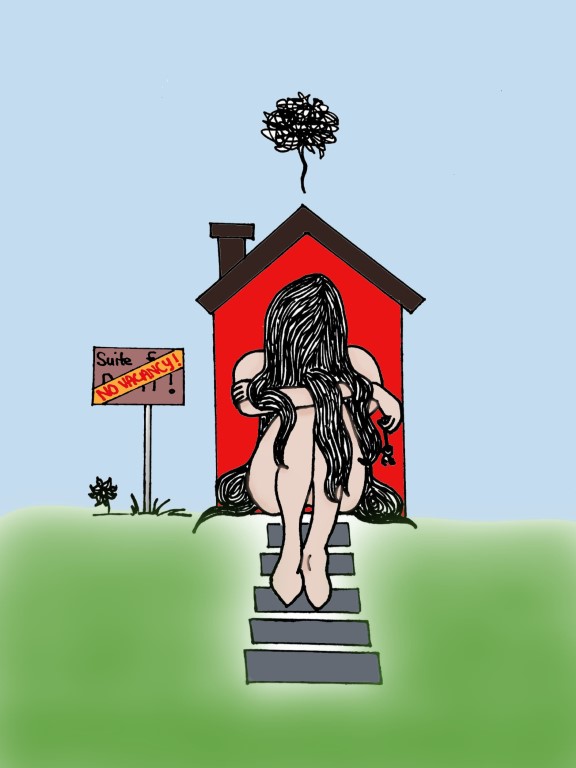
Call it a bad tiered-pricing strategy, friendo
By Elliot Chan, Opinions Editor
For Tinder users who are over 30 years old, the premium version of the hook-up app will soon cost double the price for those under 30. It’s a tiered-pricing strategy that movie theatres, airlines, and restaurants have used for decades, but why are people upset about it?
Perhaps we think that Tinder is trying to eliminate the older demographic completely. After all, the majority of Tinder’s user-base is below 30, generally between the ages of 18 and 24. But why would that benefit the company? Would having a dominant younger user-base really help? I don’t think so. I believe Tinder has made a big mistake, and if not for being a subsidiary of InterActiveCorp, which owns Match.com, OkCupid, etc., the app is committing usability suicide.
Tinder’s appeal is the large 30-million-registered-user gallery and the quick-on-boarding capability. Upping the price changes all that. The strategy will not only hurt the older demographic, but it’ll also hinder the younger people too. Sorry if you are paying $9.99 for the service, but I’m really sorry if you are paying $19.99 per month to swipe left and right.
It’s true that paying a premium for the service may help users achieve their goal on the app, doing whatever they are doing, but with so many free social-connection services out there, including Hinge and Coffee Meets Bagel, Tinder appears to be merely poking holes in its monopoly.
Returning to the idea of age discrimination, a company has every right to present this form of pricing. It doesn’t have anything to do with discrimination; it’s more of just how the brand wants to represent itself. Think of all the fashion companies that only sell products to young, good-looking people. But then think of all the fashion dedicated to older folks or people of all ages. Tinder is clearly placing itself on the far side of any Venn diagram drawn. There are hundreds of dating/hookup services out in the market that will accommodate those forlorn users. Tinder is not openly stating it, but it’s clear that it does not want to focus on them.
It’s hard to say that Tinder, so widely successful doing whatever it is it does, has made a grave mistake. They claim to have done the research and all signs point to the strategy being successful. But I believe Tinder did not have to take this route to be successful. We live in a time where age has nothing to do with love, passion, or intimate connections. We live in a time where we claim 30 is the new 20. We live in a progressive time. The fact that one of the pioneering companies leading this progression decided to implement this type of fee to keep certain users on the fringe is a big step backward and a rather surprising discouragement.


